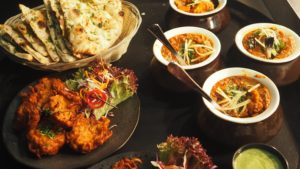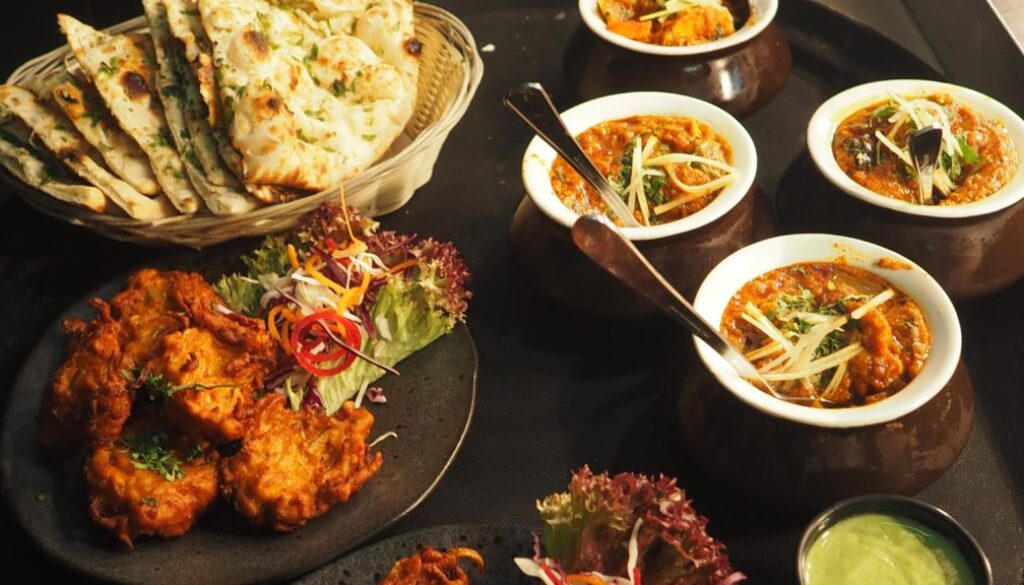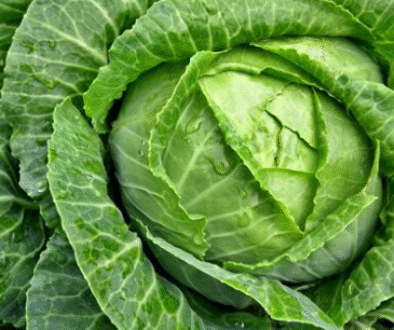The Dish on Healthy Indian Food
By Aparna Mele

Indian food is most popular for its diverse and exotic flavors. The variety of foods, spices and dishes that are native to India makes Indian food one of the most wholesome foods in the world. But lately, Indian food has begun to be categorized as unhealthy because Westernized preparations can be high in sugar and loaded with carbohydrates prepared in heavy oils that can lead to high cholesterol. Traditional Indian food, however, is not only healthy, but is also incredibly tasty, with far-reaching health benefits.
Indian food supports immunity and brain function and can combat inflammation. Curd, beans, rice, roti breads, lentils, chicken, fish or meat that comprise Indian dishes not only provide essential amino acids, but are also good sources of healthy fats and low in calories. A typical Indian meal comprises of good carbs, healthy natural protein and resistant starch which is beneficial in weight loss. Pulses (beans and legumes) are integral in Indian dishes and are loaded with all the essential amino acids to provide adequate dietary protein. Indian cuisine intricately blends spices, many with medicinal and healing properties, such as turmeric, ginger, cinnamon, and garlic. It typically incorporates a dazzling array of fresh vegetables and fruit cooked in a multitude of ways that help retain their freshness and nutrients. It most often uses fresh ingredients and is made from scratch, which means fewer preservatives and overall healthier food.
A traditional Indian meal includes carbohydrates, proteins, fats, and fiber, to create a well- balanced meal. Chickpeas, for example, which are often used in vegetarian curries, are a great source of fiber, zinc, folate and protein. Spinach and tomatoes are also widely used in Indian cuisine, and are known as superfoods, containing high levels of antioxidants, vitamins and minerals. Many Indian sauces and accompaniments are vegetable-based, and do not use cream or cheese. The Indian curry, if cooked with the right ingredients and proper amounts of oil, is good for immunity. Prepared with curry leaves, tomato, onion, black pepper, garlic, turmeric and various other spices, Indian curry can help in reducing inflammation, which is linked to diabetes, hypertension, and heart disease. Natural yogurt, often used to create curry sauces instead of cream or coconut milk, is a good source of calcium and is a lowfat alternative to sauces such as mayonnaise, plus contain healthful probiotic species, good for our digestive health! Indian dishes often use vegetable, sesame and peanut oil rather than butter, which keeps them lower in saturated fat. There are a host of dishes that don’t need any oil at all, prepared instead by roasting, steaming, grilling, or boiling the ingredients. Fruits are also an integral part of the Indian diet, filled with healthful fiber and essential vitamins and minerals, such as mango, oranges, guavas, figs, berries, and pomegranates.
As Indian dishes are so robust in flavor with an impacting taste, a small portion can satisfy taste buds and satiety, helping you to consume fewer calories. An Indian diet’s variety and vibrancy keeps it interesting, which is a healthy component to any cuisine, as variety can prevent boredom and overeating.
Like all cuisines from around the globe, there will always be aspects that aren’t as healthy and Indian cuisine has its share of decadent and guilty dishes. So, when enjoying Indian food be sure to stick to the healthier options such as tomato- based curries, vegetable dishes, and choose fish or chicken over lamb. Where possible, try to avoid oils and ghee (clarified butter), and instead choose to cook with sunflower or vegetable oil. Many popular and healthy Indian dishes in the US are cooked in a tandoor, a vertical oven housed in a bell-shaped clay pot that reaches temperatures of up to 900°F. Opting for tandoori dishes will save on consumption of fat and calories as they contain very little sauce and the food, often chicken and fish, is baked rather than deep-fried.
Indian food has always been nourishing, wholesome and healthy. Cook your food with natural and traditional ingredients, eat local fruits and vegetables in season, and incorporate their healing spices to satisfy your taste buds and promote good health!



